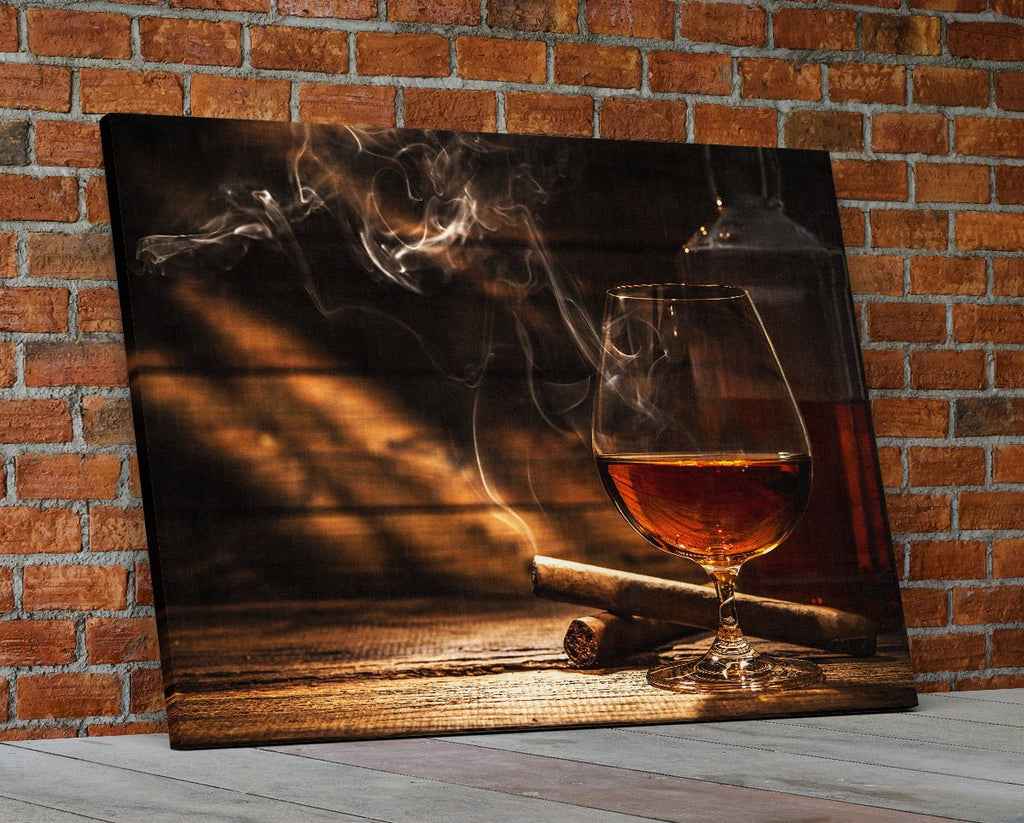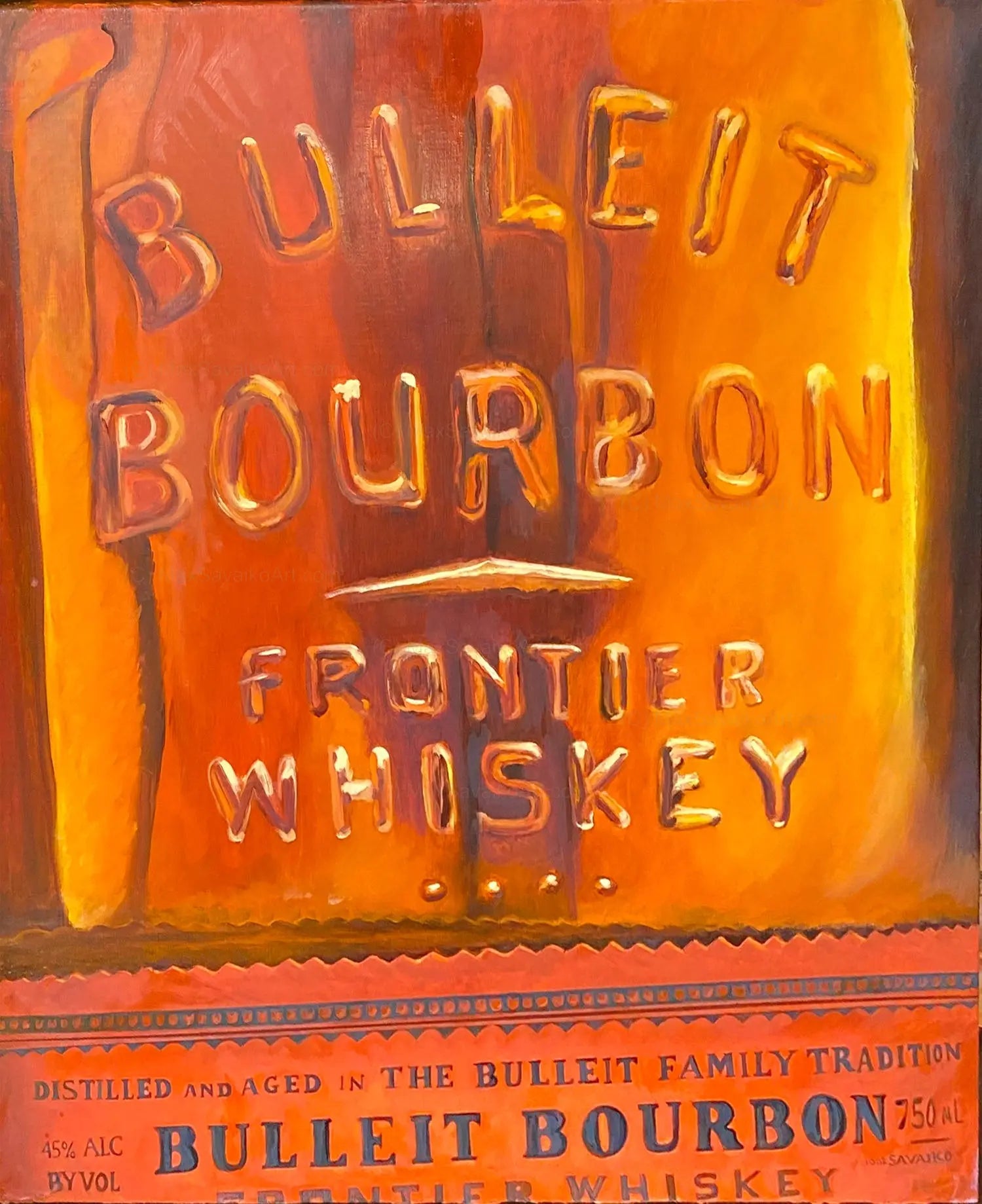Bourbon Art in Contemporary Society: Where Custom Satisfies Technology
Bourbon Art in Contemporary Society: Where Custom Satisfies Technology
Blog Article
The Value of Whiskey Art in Celebrating Heritage and Workmanship in the Beverage Industry
The elaborate relationship between whiskey art and the party of heritage and workmanship within the drink market can not be overstated. Through attentively made bottles and labels, whiskey brand names envelop their historical roots and the artisanal abilities that specify their production methods. This artistic measurement not just improves market appeal yet additionally acts as a conduit for social narration, promoting a deeper link between the craft and the customer. As we check out the different facets of this subject, appealing questions about the influence of contemporary trends on typical methods arise, motivating additional examination.
The Historic Origins of Whiskey
At the heart of whiskey's appeal lies a rich tapestry of historic roots that map back to old civilizations. The beginnings of bourbon can be linked to the purification practices of the Sumerians and Babylonians around 2000 BCE, where early kinds of fermented grain beverages started to arise. It was in the Center Ages that the art of purification advanced substantially, especially in Ireland and Scotland, leading to the creation of whiskey as we recognize it today.
The term "scotch" itself originates from the Gaelic word "uisce beatha," implying "water of life." This phrase emphasizes the social significance of bourbon in Celtic cultures, where it was commonly connected with rituals, parties, and communal bonding. By the 15th century, distillation ended up being an identified craft within reclusive communities, leading the way for the facility of lawful distilleries.
As profession courses increased, bourbon's popularity grew, transcending regional boundaries and capturing the rate of interest of lovers worldwide. Limited Edition. This historic trip mirrors not just the workmanship behind bourbon manufacturing yet additionally its indispensable duty in social and social contexts, noting it as a substantial drink throughout background
Artistic Expression in Branding
Scotch branding stands as a compelling crossway of artistry and business, where visual identity plays an important function fit consumer perception. The looks of scotch labels, packaging, and marketing materials show not just the brand name's tale yet also its core worths and heritage. Through imaginative expression, distilleries communicate a story that resonates with customers, stimulating emotions and sparking connections.
Making use of shade, typography, and imagery in branding offers to separate items in a saturated market. Conventional concepts might stimulate a feeling of authenticity and workmanship, while modern-day styles can symbolize innovation and forward-thinking. This calculated creative direction boosts brand name recognition and commitment, allowing consumers to forge an individual connection with the bourbon they select.
In addition, imaginative expression in branding frequently serves as an event of local heritage. Distilleries regularly integrate neighborhood signs or historical referrals into their styles, creating a feeling of place that invites customers to take part in a wider social experience. Inevitably, the artistry behind bourbon branding not just boosts aesthetic appeal however additionally enhances the total story of the brand, cultivating a much deeper appreciation for the workmanship and heritage ingrained in each bottle.
Workmanship in Bottle Design
The artistry obvious in bourbon branding prolongs past visual identity to include the craftsmanship associated with bottle style. Each bottle acts as a vessel not just for the spirit within, yet also for the story it outlines its beginning, custom, and top quality. The design process requires precise focus to detail, as components such as material, form, and closure contribute significantly to the overall perception of the whiskey.
Workmanship in bottle design includes selecting premium glass that can enhance the scotch's shade and clarity, while also supplying more info here a responsive experience for the consumer. The shape of the container need to be both useful and aesthetically attractive, often showing the heritage of the brand name. Many distilleries go with unique forms or printed logo designs that evoke a sense of credibility and background.
Moreover, the label design and typography play a crucial duty in connecting the brand's narrative. Whiskey Art. A well-crafted bottle not just captivates the consumer's eye yet likewise enhances the brand name's dedication to quality and custom. This way, the workmanship of container design comes to be a crucial aspect of the whiskey experience, combining artistry with a profound respect for heritage
Cultural Relevance of Whiskey Art
Celebrating practice and workmanship, the cultural value of bourbon art goes beyond simple appearances, linking with the social and historic narratives of the areas from which it why not find out more comes from. Each container serves as a canvas, depicting the unique stories, folklore, and practices that have formed regional whiskey-making practices. The complex designs typically show the heritage of the distillers, integrating symbols and themes that resonate with the culture and worths of their areas.

Additionally, bourbon art plays an important duty in communal celebrations and celebrations, acting as a substantial link in between individuals and their shared experiences. By appreciating the creativity in whiskey packaging, customers grow a deeper understanding and regard for the craft, inevitably enriching their satisfaction of the beverage itself.
Modern Trends in Whiskey Discussion
In recent times, the presentation of whiskey has actually developed to show modern tastes and trends while still honoring traditional craftsmanship - Limited Edition. Distilleries are increasingly concentrating on aesthetic aspects that enhance the total drinking experience, linking the void in between heritage and modernity
Innovative bottle layouts have actually arised, often integrating lasting products and imaginative tags that inform compelling stories. Several brands now work together with neighborhood musicians, instilling their items with unique visual expressions that reverberate with customers. In addition, limited-edition releases are often packaged in collectible containers, adding value and charm for aficionados.

Verdict
In conclusion, scotch art functions as a vital channel for revealing the heritage and workmanship inherent in the beverage market. With complex branding, cutting-edge bottle designs, and culturally considerable creative aspects, bourbon brand names effectively honor their traditions and get in touch with consumers. This creative story not only raises the recognition of bourbon yet additionally enhances area identification and satisfaction amongst manufacturers. Inevitably, bourbon art plays an essential function in preserving and commemorating the abundant social tapestry of whiskey-making.


Craftsmanship in bottle layout entails choosing top notch glass that can improve the whiskey's shade and quality, while likewise offering a responsive experience for the customer. In this method, the craftsmanship of container style becomes an essential facet of the scotch experience, merging virtuosity with a profound regard for heritage.
In final thought, whiskey art offers as a crucial conduit for sharing the heritage and craftsmanship inherent in the drink market.
Report this page